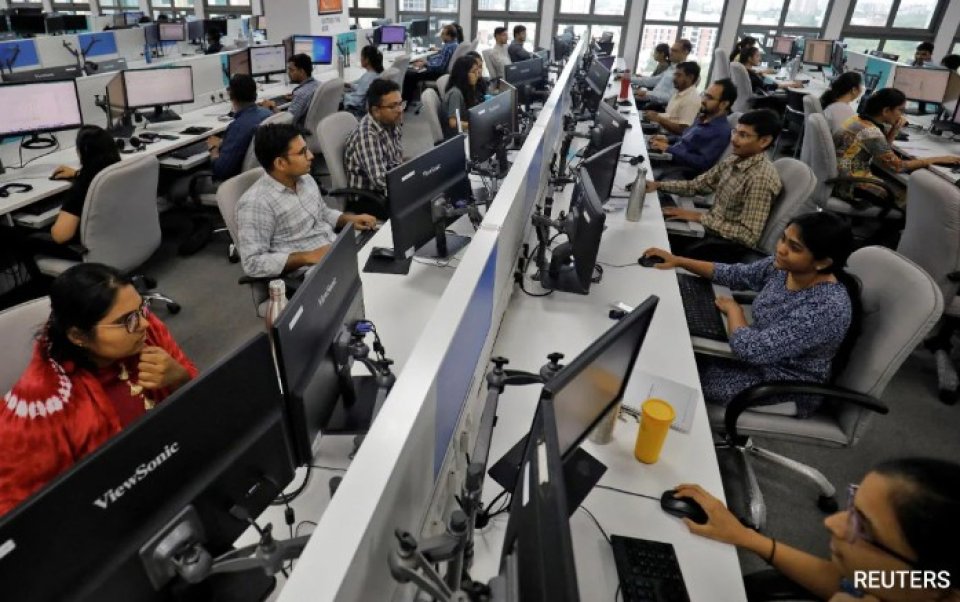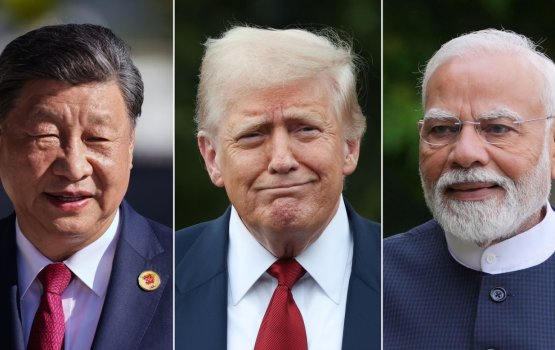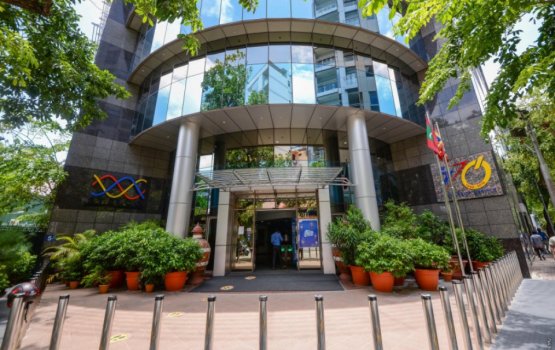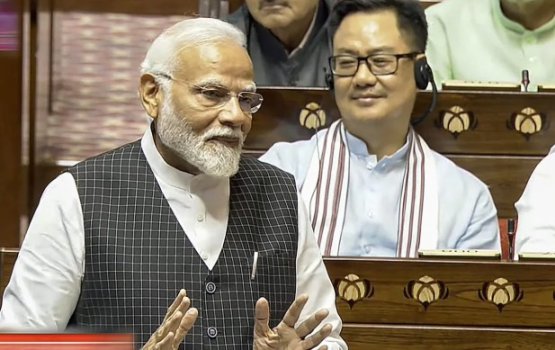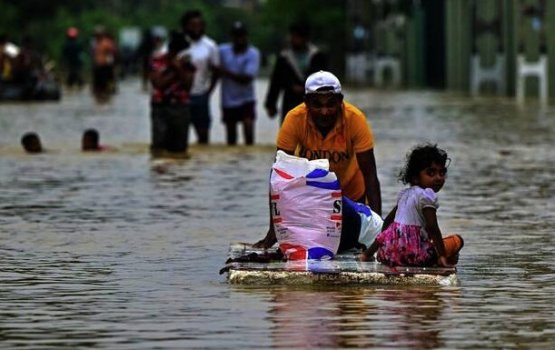New Delhi (The Press) — As South Asia grapples with waves of political turmoil and economic instability, India’s economy continues to demonstrate remarkable resilience and relative calm. While protests, crises and leadership changes sweep across neighbouring countries, the region’s largest economy has managed to sustain growth and investor confidence despite global and domestic challenges.
In Nepal, youth-led demonstrations against inequality have intensified as young citizens express frustration over unemployment and political elitism. Bangladesh witnessed a student-driven movement last year that toppled long-time leader Sheikh Hasina, while Sri Lanka continues to recover from a 2022 financial collapse that forced its president into exile. To the west, Pakistan faces political unrest and yet another round of International Monetary Fund (IMF) support.
Against this backdrop, India has remained an exception. Despite facing both the repercussions of global trade frictions and heightened border tensions, the Indian economy has shown steady growth between 6% and 8% annually. The country’s foreign reserves, now around USD 700 billion, cover nearly a year’s worth of imports — a stark contrast to the financial strains seen in neighbouring economies.
India’s relative stability is the product of decades of fiscal discipline and structural reforms. Since independence in 1947, the country has weathered multiple balance-of-payments crises and economic shocks. A landmark reform era began in 1991, when then-Finance Minister Manmohan Singh liberalised India’s markets and introduced currency reforms that laid the groundwork for modern economic stability.
Even during global financial turbulence, such as the 2013 “taper tantrum”, India managed to strengthen its banking system and reduce bad loans. Non-performing assets have since dropped from 15% in 2018 to around 3% today, indicating improved financial management.
Fiscal prudence has also set India apart from its neighbours. While Sri Lanka’s crisis was fuelled by deficit spending and tax cuts, India has reduced its budget deficit from 9% during the pandemic to below 5%, with a target of lowering its debt-to-GDP ratio to 50% by 2031. The government’s push for diversification, particularly in IT and business-process outsourcing, has lifted services exports to 15% of GDP, reducing dependence on volatile foreign capital.
Energy policy has played a major role in strengthening India’s position. Strategic oil reserves, expanded refinery capacity and discounted Russian crude have helped cut import costs by an estimated USD 8 billion last year. The country’s ethanol-blending programme, despite criticism from motorists, has also contributed to energy security and supported rural income.
Socially, India is not without its pressures. Youth unemployment remains a concern, and social inequality is often amplified by social media. However, unlike in Nepal or Bangladesh, these frustrations have not spilled over into widespread unrest. Analysts suggest that optimism about the country’s economic trajectory and improving living standards has kept discontent in check.
A recent survey by the Centre for Monitoring Indian Economy (CMIE) found that while many Indians rate their current life satisfaction moderately, most expect significant improvement in the coming years — a sign of cautious optimism amid global uncertainty.
As South Asia’s economies navigate uncertainty, India’s steady course underscores both its economic resilience and the dividends of sustained reform. For now, it remains the region’s economic anchor — stable, ambitious, and still looking ahead. (Source: The Economist)

